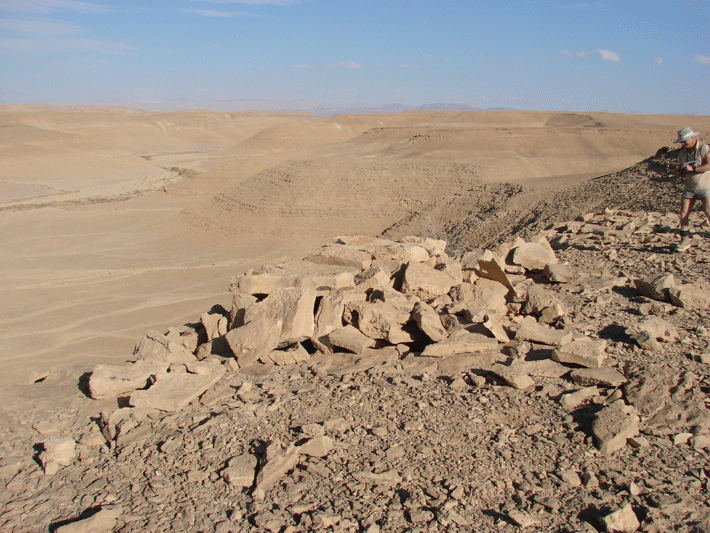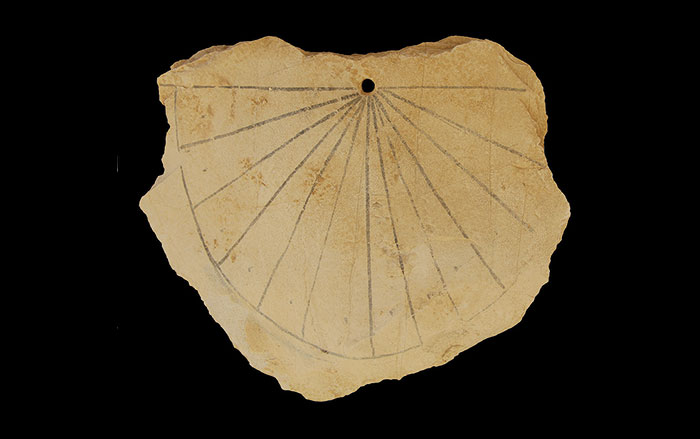
NEGEV DESERT, ISRAEL—Geochronologist Naomi Porat of the Geological Survey of Israel used optical dating to measure the amount of radiation that had been absorbed from the environment by two animal traps thought to have been recently used by Bedouins to protect their flocks. One of the traps turned out to be 5,000 years old, the other 1,600 years old. “They look like a pile of stones, like a cairn, and you need a good eye and also some digging around to realize what it is,” she said. Sheep and goat herders would have attached a piece of meat to the end of a rope to bait the trap. When a carnivore pulled on the bait, the rope closed a slab door, trapping the animal. Predators such as foxes, wolves, hyenas, leopards, and caracals were probably caught this way in the Middle East for thousands of years.











